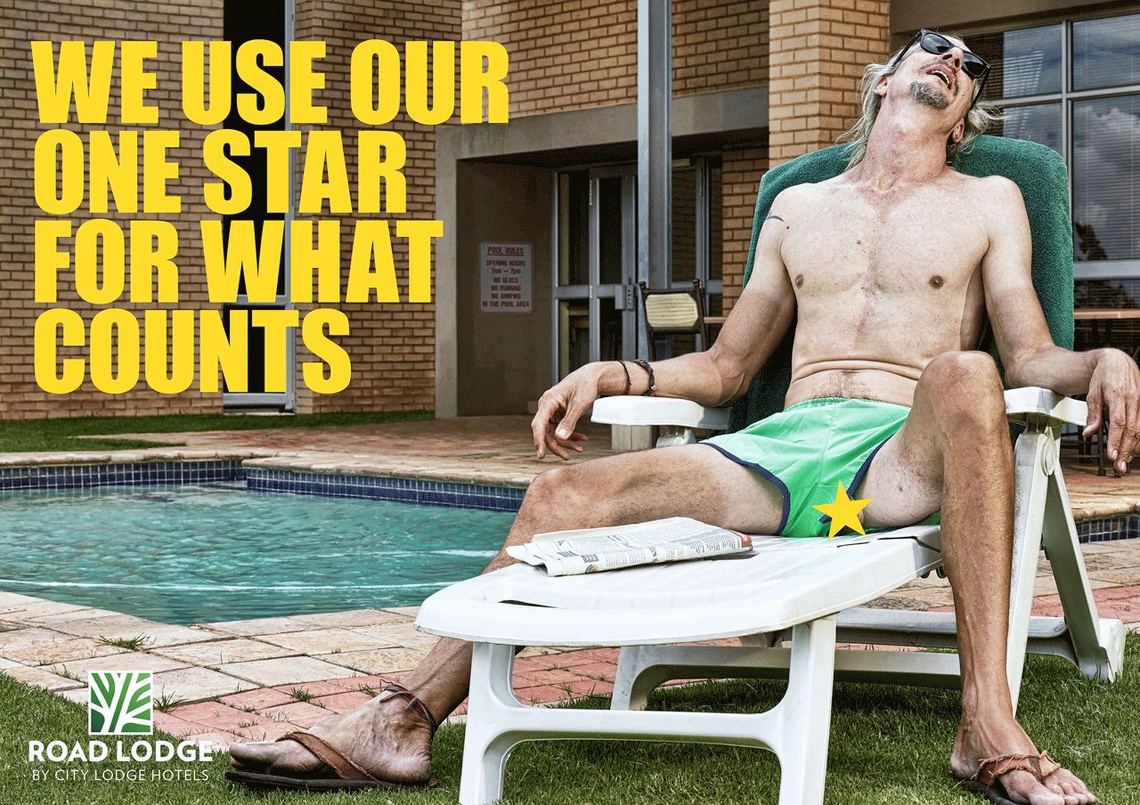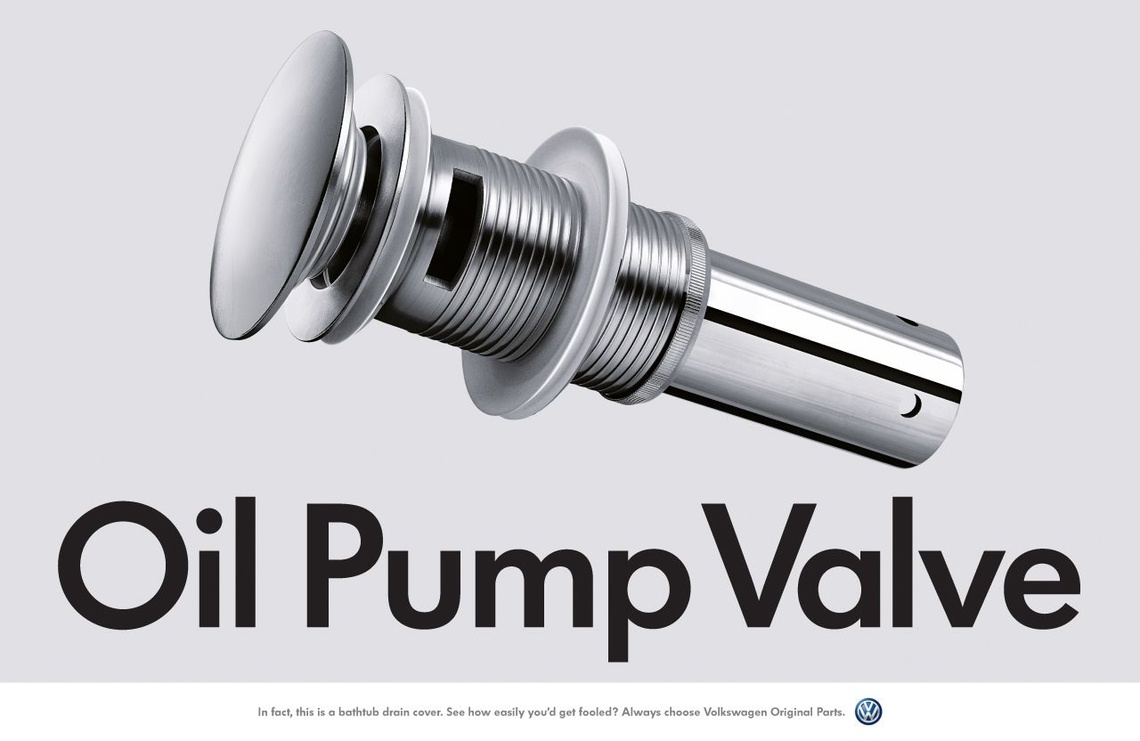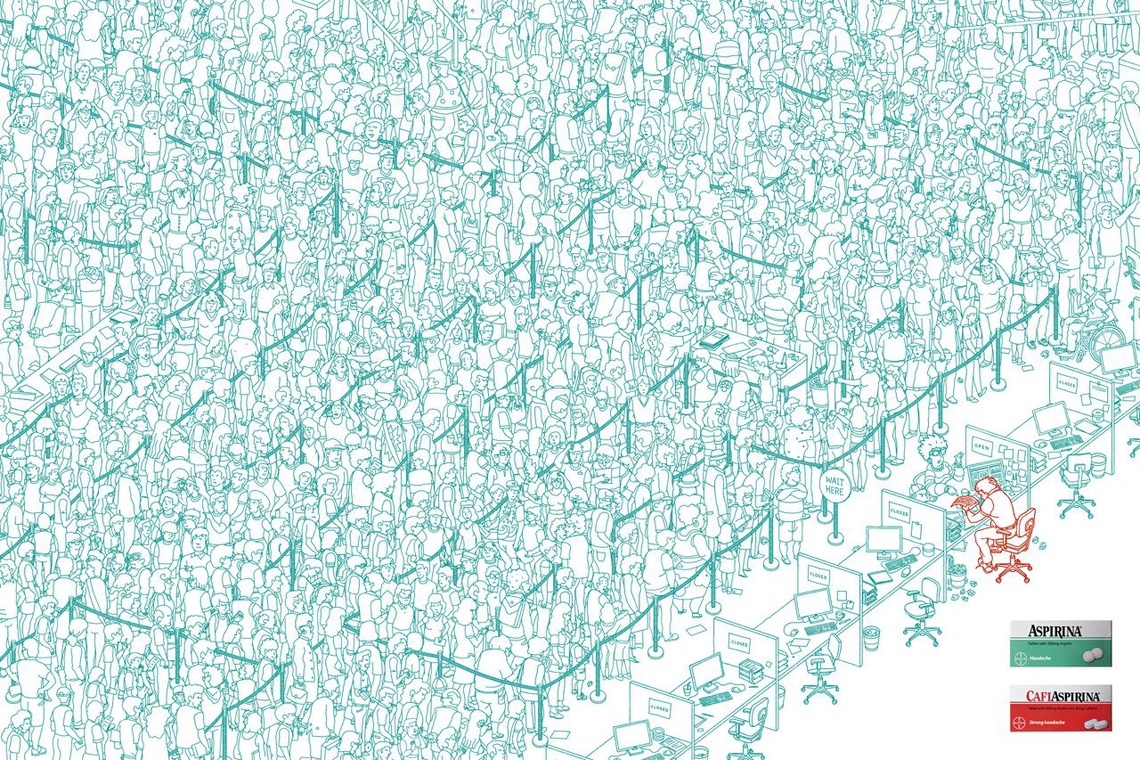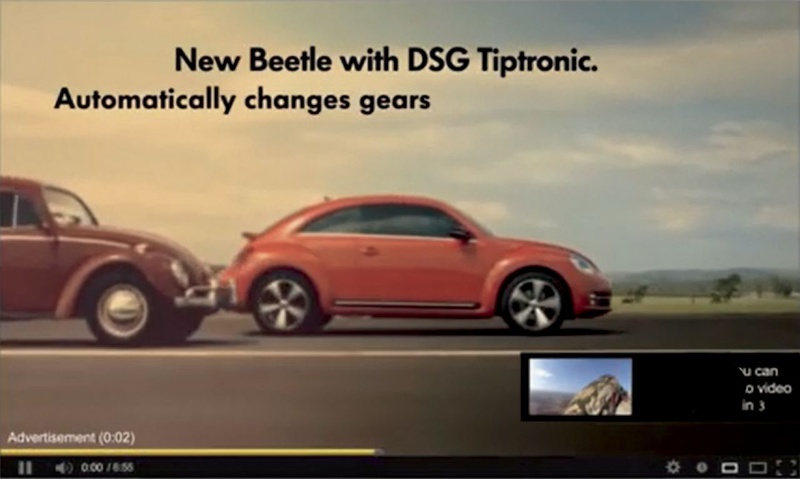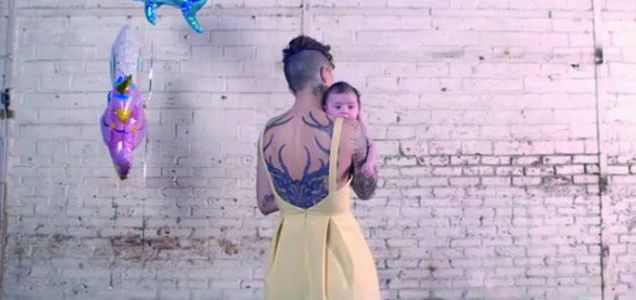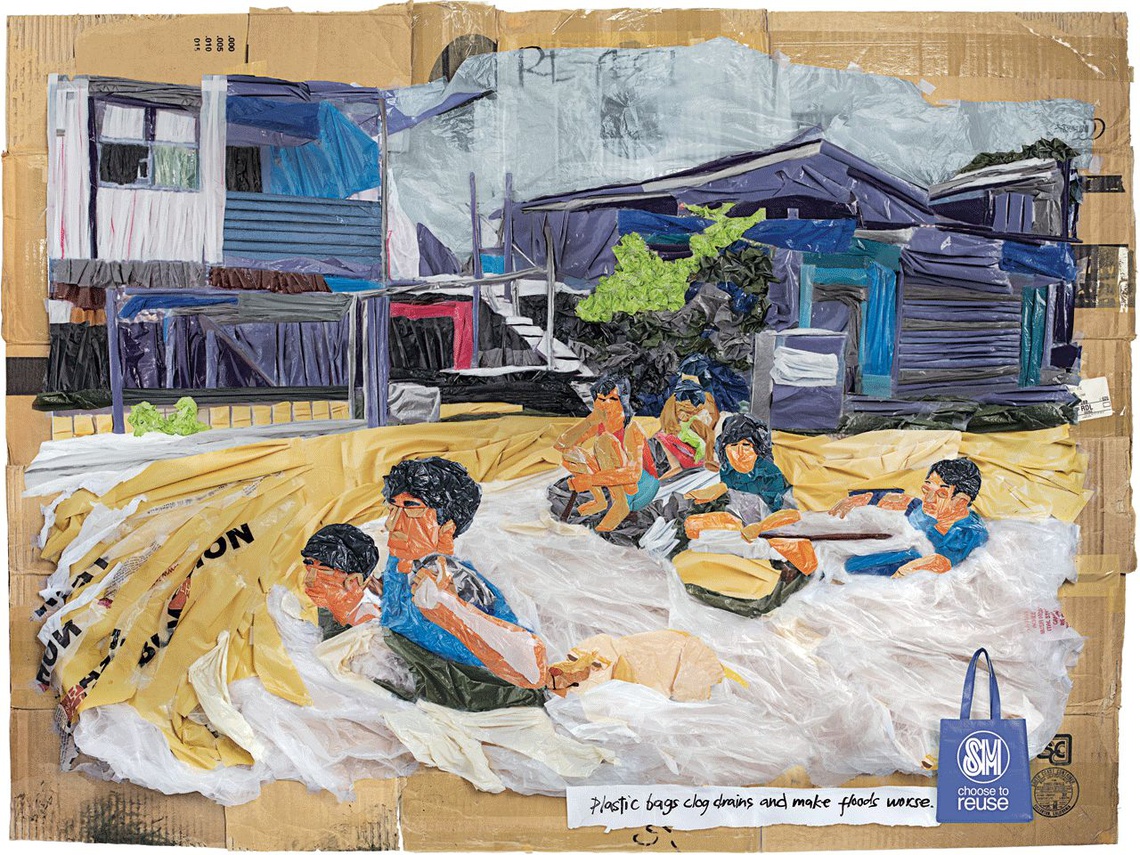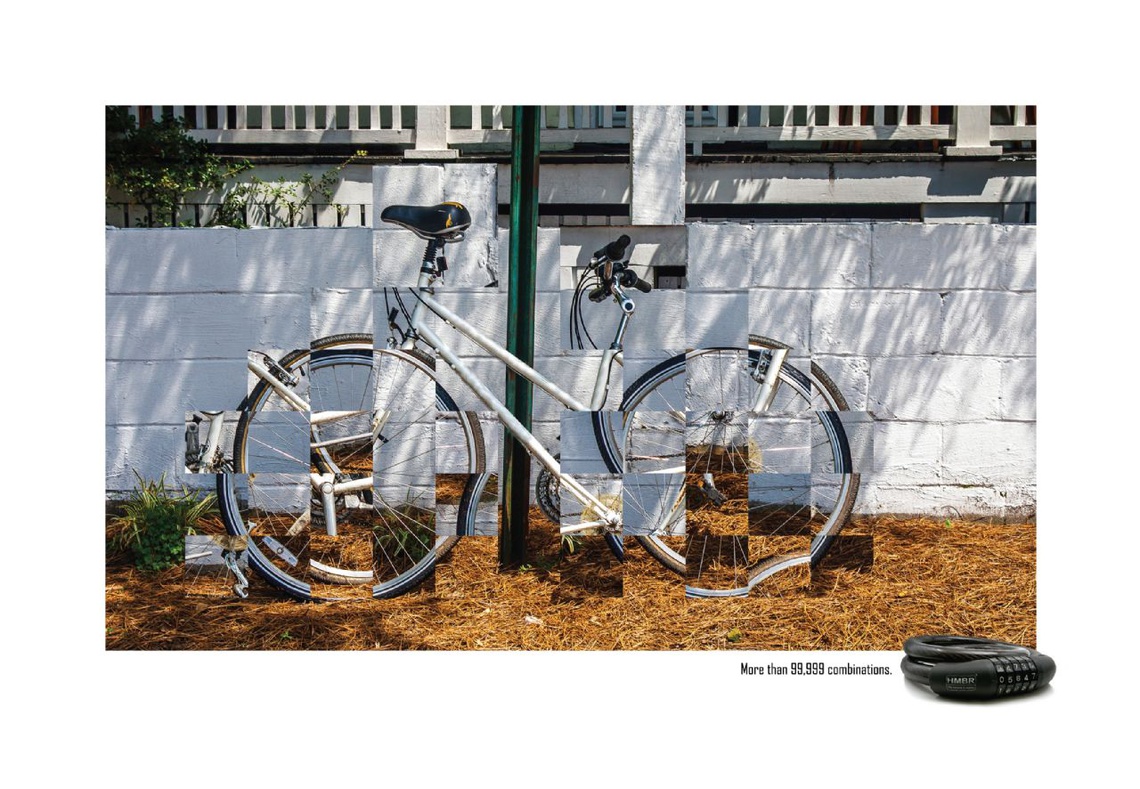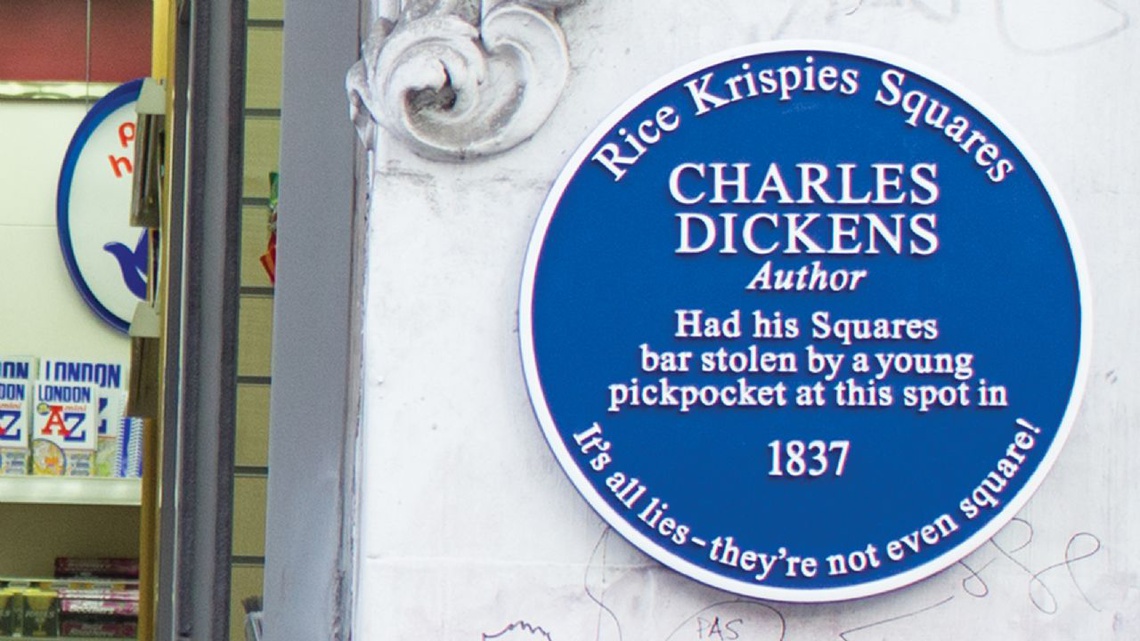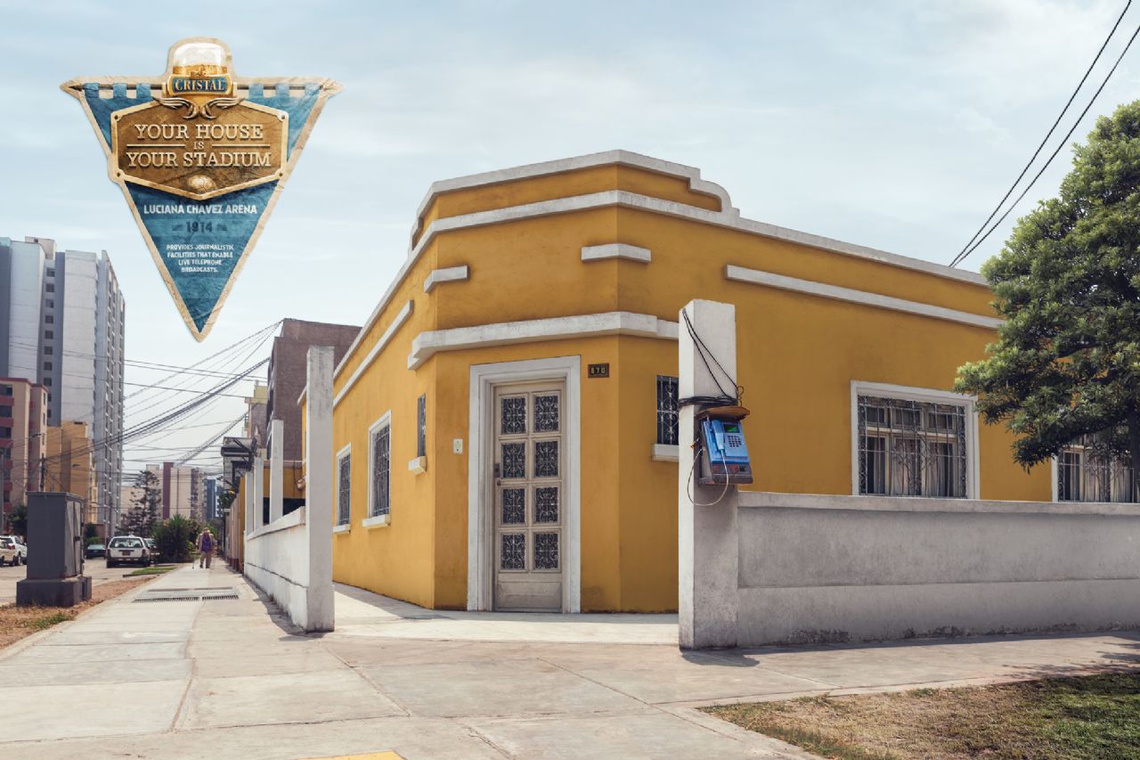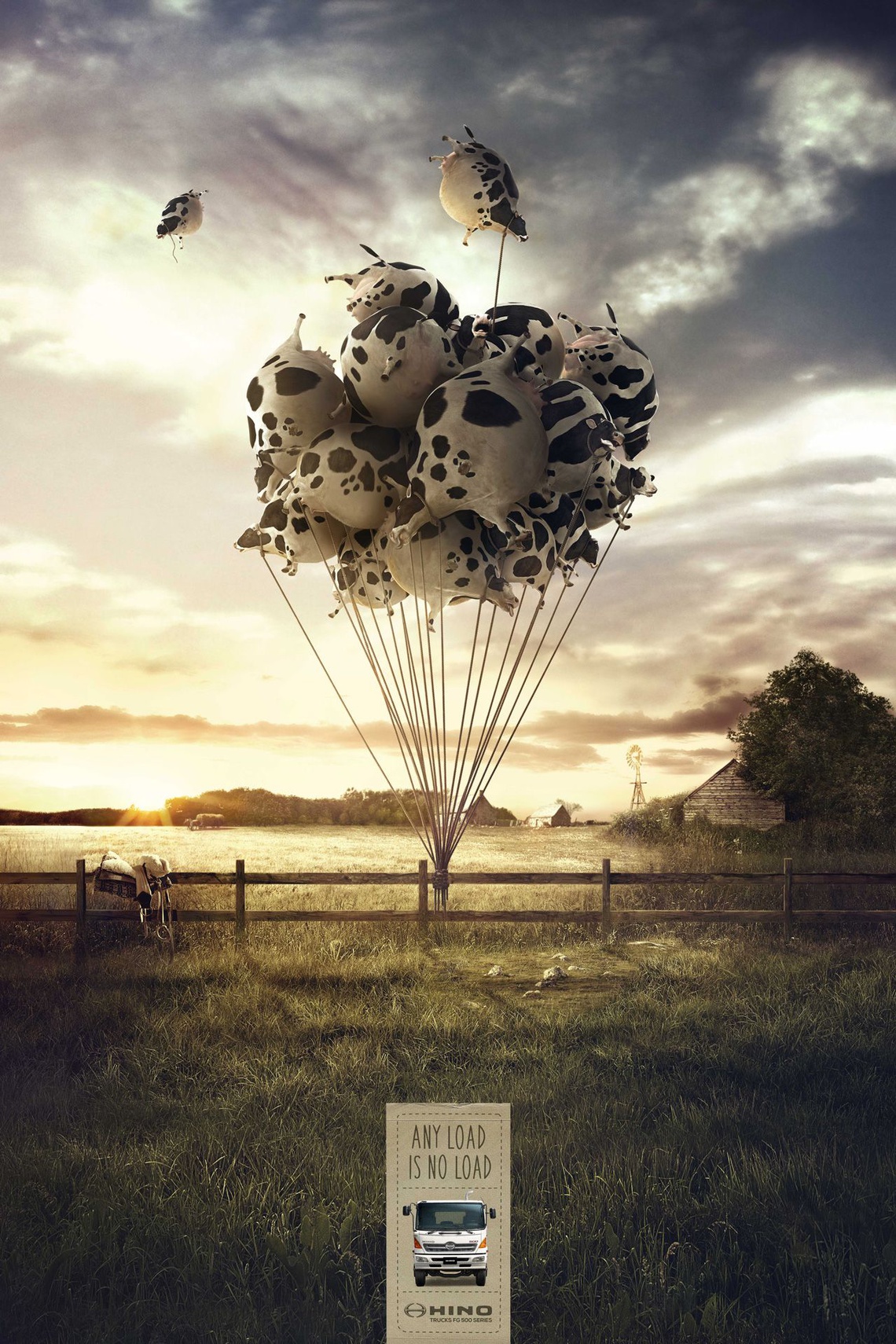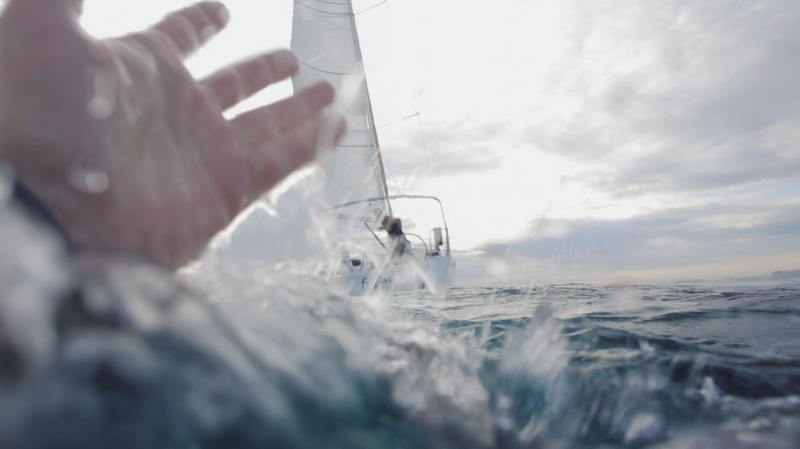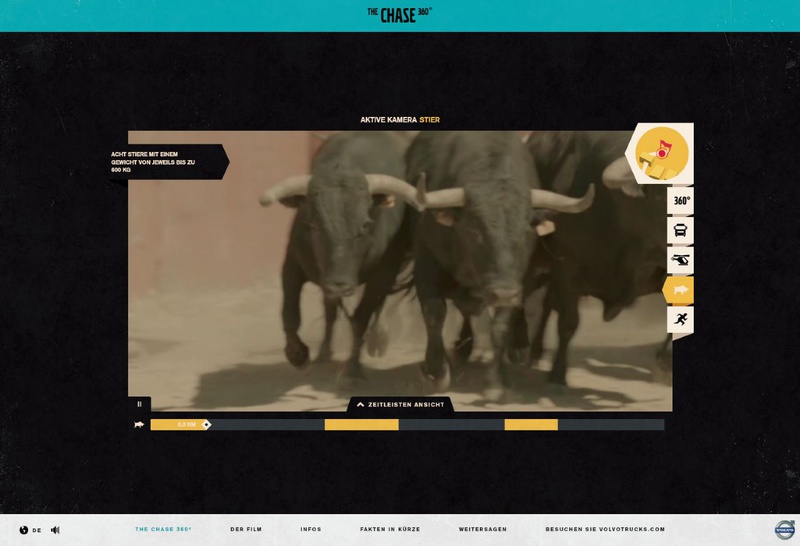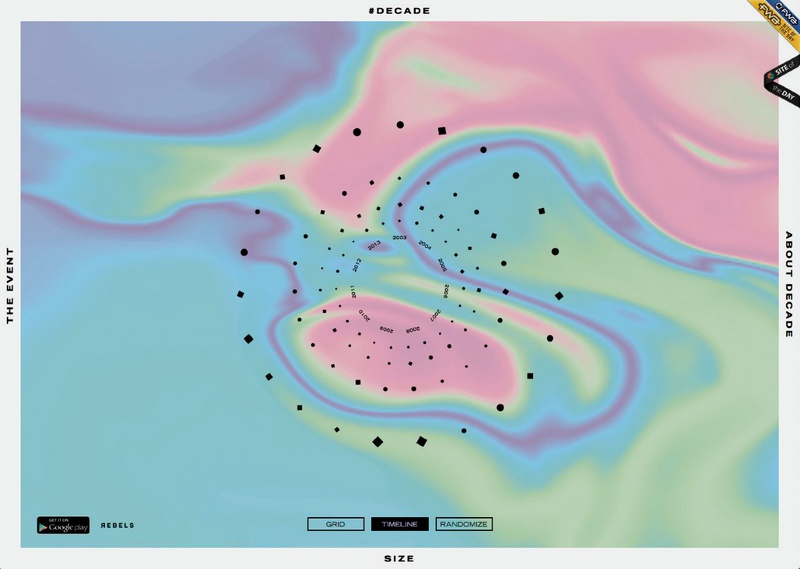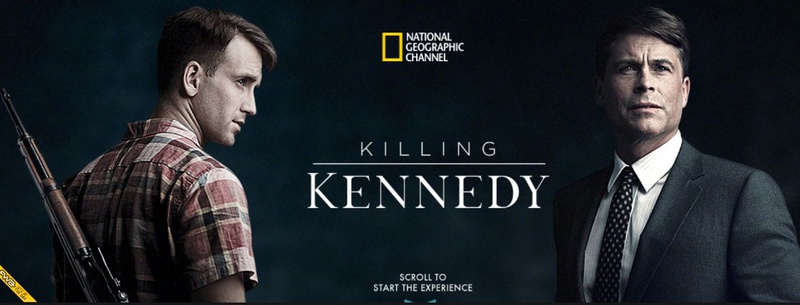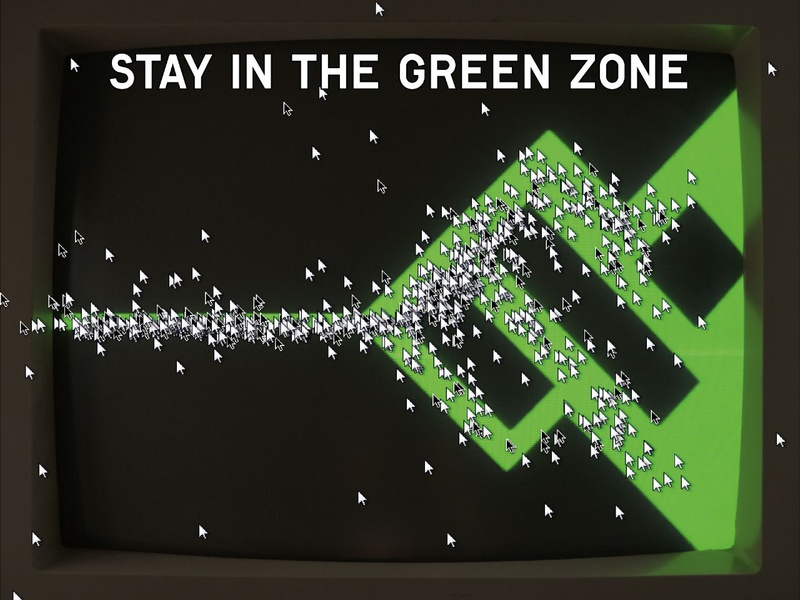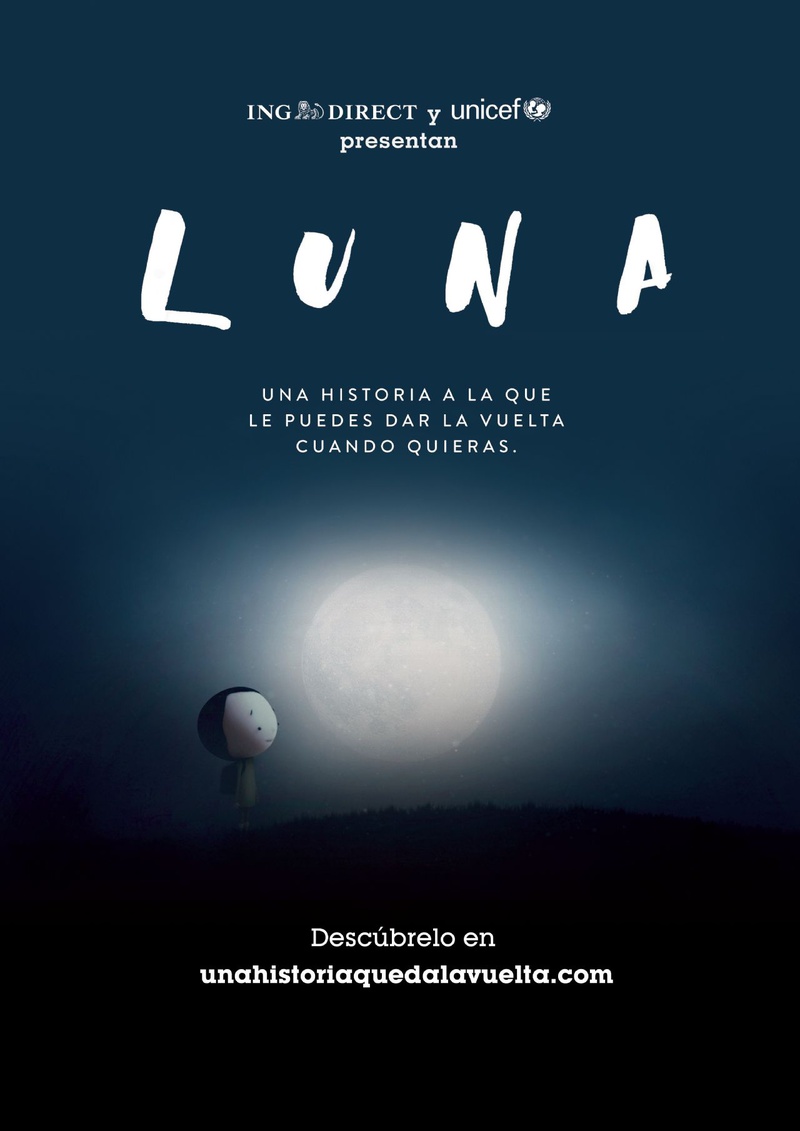Rikesh Lal, Creative Director/Junior Partner at Camp + King, San Francisco, was the expert we invited to select the Digital work for this issue of Lürzer’s Archive.
Content is still designed as if it were for print.
Rikesh started his career as an art director at Butler, Shine, Stern and Partners, before going on to do stints at AKQA, DDB Amsterdam and Publicis, and Hal Riney. He has worked on accounts such as Nike, Converse, MINI, and Sprite, and for global brands such as Philips Electronics and Xbox. His work has garnered numerous awards, among them the One Show, London International Awards, Graphis, and Cannes. In the interview that follows, Rikesh responds to questions put to him by Michael Weinzettl.
Can you tell us a bit about where you come from, your career so far, and how you got into the digital arena in the first place?
I got into digital as a Design + Media major at the California College of Arts. This was at a time when the internet was being blessed with creative uses of Flash. When I got out of school, I started out as a digital designer, coding and designing. I quickly realized I was terrible at code so I switched over to art direction and never looked back.
What about the place where you’ve now been Creative Director for almost three years. What kind of services do Camp + King provide, what are their convictions, and what’s their business philosophy?
At Camp + King, we work on everything from TV to Digital to Print to Identity. We believe that whatever work we do for a brand, it should have inherent talk value. Roger (Camp) and Jamie (King) have really helped foster this philosophy. We try to find those nuggets of truth in a brand and bring them out in a way that gets people talking. In the end, regardless of the medium, we’re trying to tell a story. Hopefully, it’s one that people are interested to hear.
During your time as art director and creative director at Hal Riney, which lasted almost four years and was interrupted by a ten-month spell at DDB Amsterdam, did you work across all media including traditional genres, i.e. press and film?
I did. That’s what I loved about Riney at that time. You could work on it all, so creatives didn’t get thrown into categories. It wasn’t like one team did all the digital or one team did all the film. This was at a time where headlines were saying TV is dead and digital was going to take over. Turns out they had it all wrong. It’s a symbiotic relationship, and all media should work together. In the end, ideas are just that – ideas. What makes an idea great is when you find the right medium to convey it in.
Did you find a difference in the culture and between working in the US and Europe? Or has everything become so global nowadays that it doesn’t really matter anymore where your desk is as long as there is a computer? How did you yourself experience this?
It’s a bit of both. Like the earlier question, the idea is your little nugget of inspiration, so it doesn’t matter as much. Once you have that, you need to consider your audience. That’s where the cultural nuances lie. You learn that very quickly with the help of your European colleagues. Beyond that, most emotions are universal: humor, love, joy, sadness, etc. These all translate pretty easily.
Can you tell us about some of the projects you’ve done over the course of your career that you were most proud of, or which you have the fondest memories of?
I love working on projects where the client is as enthusiastic as we are. Those make for the best experiences – and, usually, the best work. I’ve been fortunate to have many of those experiences, specifically with MINI, Philips Electronics, and the digital work we did for AAA Insurance.
And can you tell us about any upcoming projects of yours that you’re excited about?
I’m excited about the upcoming work we’re doing with City of Hope. They’re a research/treatment center that deals with cancer, diabetes, and AIDS. We’ve recruited some famous faces to help the cause. There’s also a Google project we’re working on that has some really great content coming out. Both projects should be done around September.
When you were starting out in the business (in advertising and/or the digital field), who were some of the figures that you respected very much, or who do you think influenced you in your approach?
I like this question. Hmmm … there are so many that influenced me. Top 3: George Lois for his passion, G-Munk for his crazy visuals and as the first creative director I ever worked for, Nei Caetano for his DIY, punk rock, advertising-should-be-fun philosophy.
What did you think of the awarded work at the Cannes Festival this year? Especially the awards for the Digital work, of course: any favorites of yours among the winners? And was there anything you thought did not deserve to be awarded?
The Skype work was wonderful, so unexpected from a brand that’s owned by Microsoft. Climate name change was great too – what a fun way to show how the debate on climate change in America is so ridiculous. It’s nice to see a lot of the work I selected for this issue got some Cannes love. I liked Chipotle’s Scarecrow, but I didn’t think I liked it as much as the judges did.
Since we are first and foremost a print magazine, I always like to ask our Digital experts what they think of the future of print. Does print actually have a future?
Definitely. It’ll still be a part of what we do, it’ll just have a different presentation. Just look at how big the digital magazine industry is getting. Content is still designed as if it were for print. Also, outdoor advertising is going digital but the same print principles apply. It’s not as dire as most make it out to be but it’s going to take a lot of innovation to keep up with other media.
How do you get the inspiration for your work? What inspires you? How do you keep your creativity alive?
I get most of my inspiration from art and traveling. I went to art school, so my inspiration will always lie there. But traveling takes it to a whole other level – you get to see how different people experience the world. I get inspired by graffiti in L.A., by a Goya in Madrid, or while I’m surfing. The way I keep creative is by making things. I try to stay as close to the making process as possible. I believe when you stop making things is when you start to lose your creativity.
Can you tell us a bit about your selection criteria for the 15 digital works you’ve chosen for this issue of Lürzer’s Archive?
I first asked myself a few questions:• Was there a great idea or insight behind it?• Did it push the medium, i.e. did it use digital to its fullest?• Did it have visual impact (this is my art director bias)?Then I tried to find work that was universally enjoyed and then some others that people may not have seen, which is why I’ve included work that may not be easily categorized as “branded content.”
